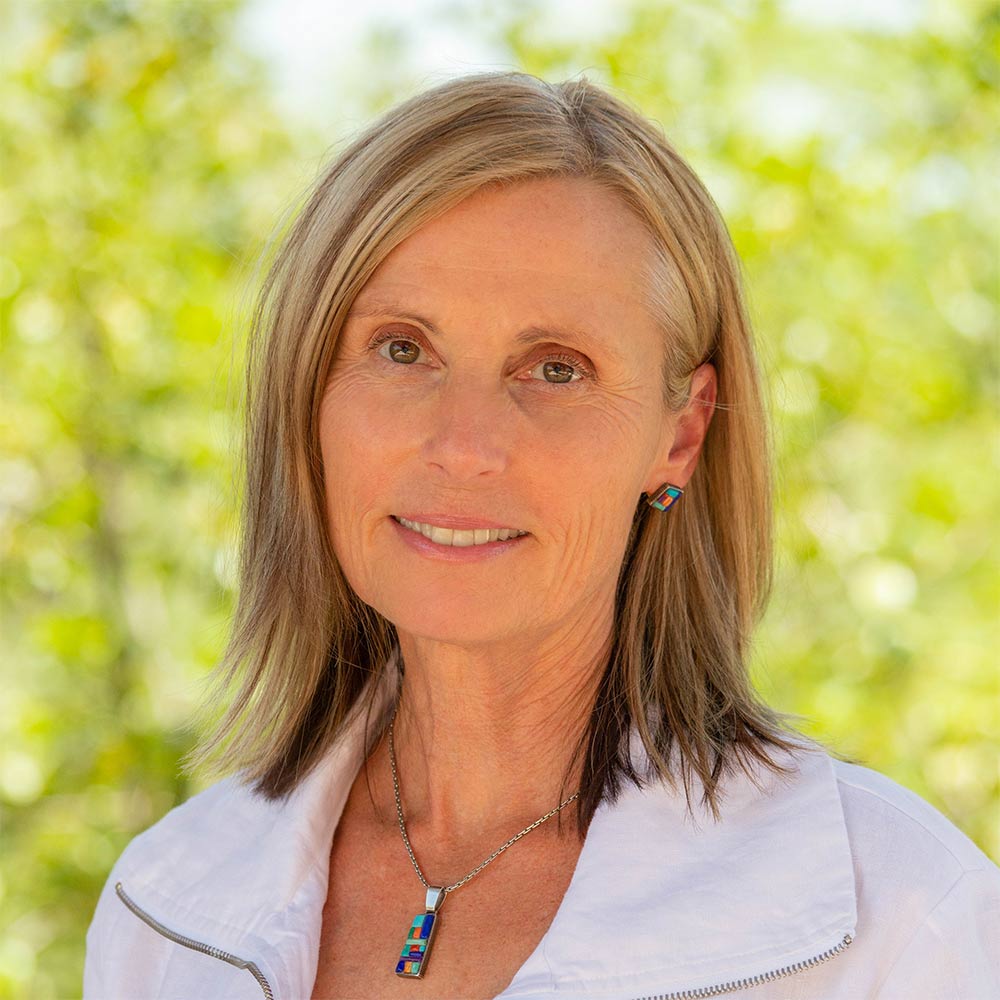What’s Love Got to Do With It?
September 2, 2020
One of the issues addressed at Rio Retreat Center at The Meadows is love addiction and love avoidance. People who seek help are often in severe love addiction withdrawal; it is real and it is gut wrenching. Either that or the pain of enduring loneliness has superseded the fear of being consumed in a relationship.
Meadows Senior Fellow Pia Mellody, author of the book Facing Love Addiction, coined the terms “love addict” and “love avoidant” and detected the cyclic dance between the two. Both of these attachment disorders are borne out of childhood pain. Unintentionally, love addicts and love avoidants attract one another like magnets.
Participants in Rio Retreat’s Love Addiction/Love Avoidance workshop learn to identify patterns in their love life, or lack thereof, which replicate childhood dynamics. They turn their attention from the most recent relationship disappointment to childhood relational trauma. That is because unconsciously we draw to us people that rupture our old wounding in an effort to heal that wound.
Love addicts are searching for the proverbial “knight in shining armor” or “fantasy girl,” but they attract what is familiar: someone unavailable.
The setup for love addiction is neglect and/or abandonment by one or both major caregivers resulting in low self-esteem. In other words, they do not receive appropriate bonding and, therefore, have a disproportionate fear of abandonment in their adult relationships. The love addict may have grown up with a parent or parents that were physically or emotionally unavailable. They have a tendency to overvalue their relationships. They ride “one down” relationally. This shows up as behavior that is needy and demanding in relationships, overwhelming others. They enter a relationship in a fantasy with an expectation that this person will make them feel whole, offering unconditional love they did not receive as children. Love addicts are searching for the proverbial “knight in shining armor” or “fantasy girl,” but they attract what is familiar: someone unavailable. It’s what Mellody calls “the back walking away.”
Love avoidants have a disproportionate amount of fear of intimacy, anticipating being drained because their parent or parents were somehow depleting.
The set up for love avoidance is enmeshment or engulfment by a major caregiver or caregivers. Love avoidants have a disproportionate amount of fear of intimacy, anticipating being drained because their parent or parents were somehow depleting. They may have acted as their parent’s caregiver, confidant, or the object of their obsession or anger. Love avoidants often develop sophisticated distancing techniques. Operationally, they are less obvious than the love addict. They appear engaging but they are secretly emotionally unavailable. They have a tendency to ride “one up” relationally. They enter relationships out of duty rather than love because of the familiarity. Love avoidants were raised, at some level, with a sense of duty to meet their parents’ needs. Neither the love addict nor the love avoidant knows the first thing about love.
Childhood relational trauma comes in all forms, with Mellody defining childhood abuse as “anything less than nurturing.” Sometimes it’s abuse that a person received and sometimes it’s what a person didn’t receive growing up. Although most parents don’t intend to inflict harm, it’s unavoidable. It comes with the territory. Parents who use a child to meet their emotional and/or physical needs create enmeshment. Conversely, parents who deny their children’s basic or emotional needs such as affirmation, nurturance, and proper limit-setting create neglect and abandonment.
Participants in our Love Addiction/Love Avoidance workshop learn to recognize self-defeating relationship patterns that prevent them from having fulfilling intimate relationships. Suggestions are offered about how to create a different dance in relationships in order to get the result for which they are longing. The love addict can find relief by receiving support to recognize the only way to fill that void is re-parenting that part of the self. We help them connect with the part of themselves that was neglected and meet the needs of that childlike part. The avoidant learns how to be honest and real with others and develop healthy boundaries so they can safely engage without becoming overwhelmed.
So, what’s love got to do with it? Everything! Learning how to love yourself unconditionally and how to be real with and connect with others is well worth the effort. It is truly the greatest gift you can attain and give others.

